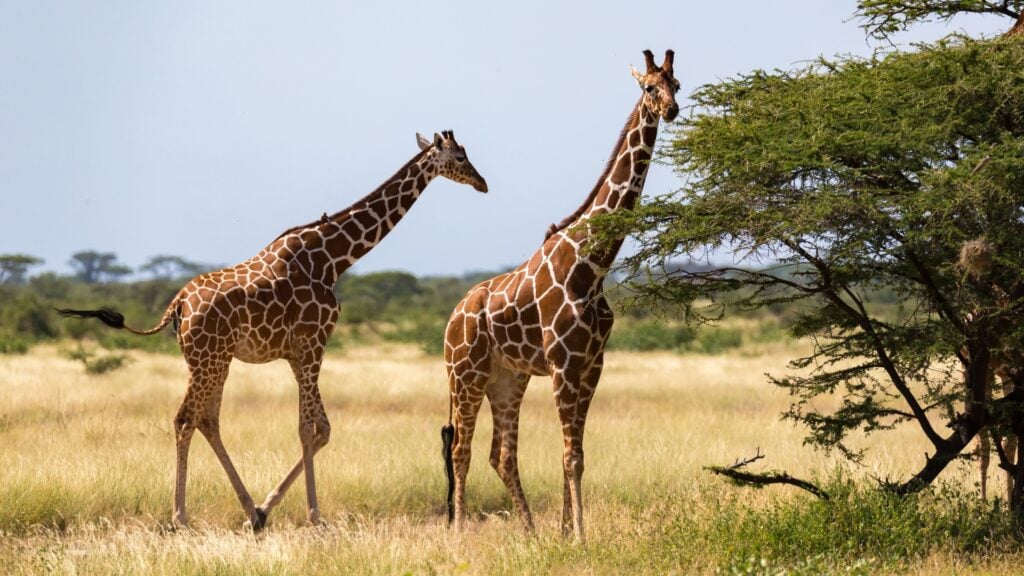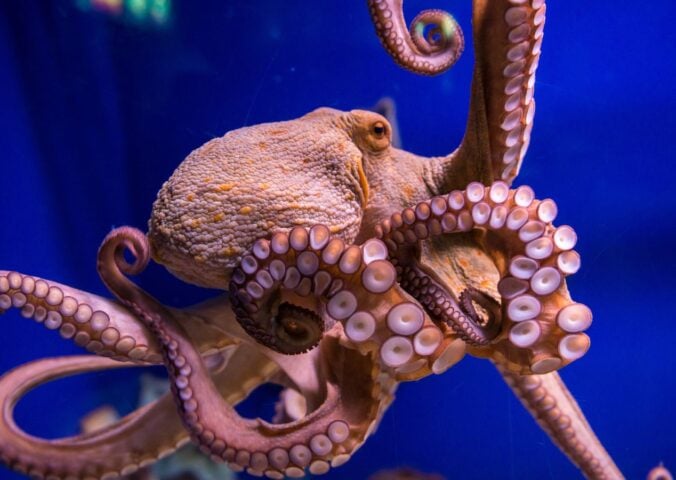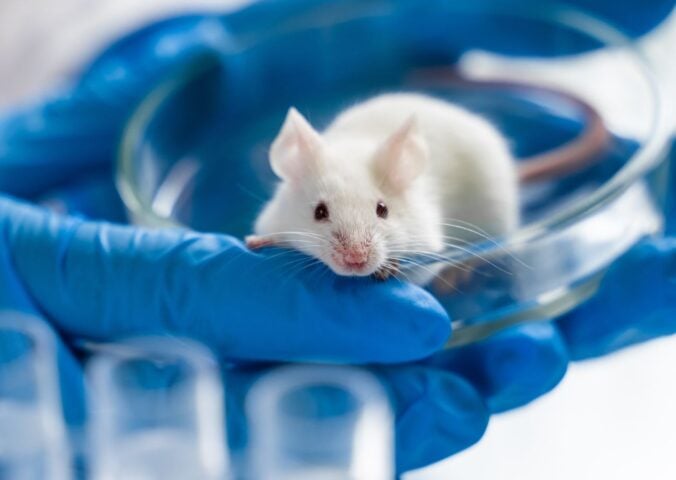The US has moved a little bit closer to giving giraffes much-needed protection under the Endangered Species Act.
In 2017, Humane Society International (HSI) and the Humane Society of the United States (HSUS) joined up with the Center for Biological Diversity to file a petition to the US Fish and Wildlife Service requesting more giraffe protection.
An accompanying letter, signed by members of all three organizations, stated that the petition presents “substantial scientific and commercial information indicating that the giraffe is in danger of extinction throughout all or a significant portion of its range.”
It noted that poaching, habitat loss, and commercial overutilization were threatening the survival of the species, which is native to semi-arid savannahs and savannah woodlands on the African continent.
The US Fish and Wildlife Service missed its legal deadline to make a decision on the petition. The groups responded by suing the government agency. It has now pledged to decide on protections by November of next year.
The silent extinction of giraffes
According to HSUS, giraffes are facing a “silent extinction.”
Over the past three decades, their populations have declined by 40 percent.
But the US has a big responsibility to protect the animals. Due to trophy hunting, it is one of the biggest importers of their body parts in the world. It’s predicted that one giraffe hunting trophy is brought into the US every day.
Adam Peyman, HSI’s wildlife programs director, said that the US Fish and Wildlife Service’s agreement to give a decision in 2024 was “a long, overdue step to protecting giraffes.”
They added: “The United States is a top importer and seller of giraffe parts—including heads, legs, and feet, tails and skins. It’s a leading contributor to the threat of extinction of the species.”
“The demand for these items is deplorable. An Endangered Species Act listing will strengthen the ability to combat this horrific domestic market.”






